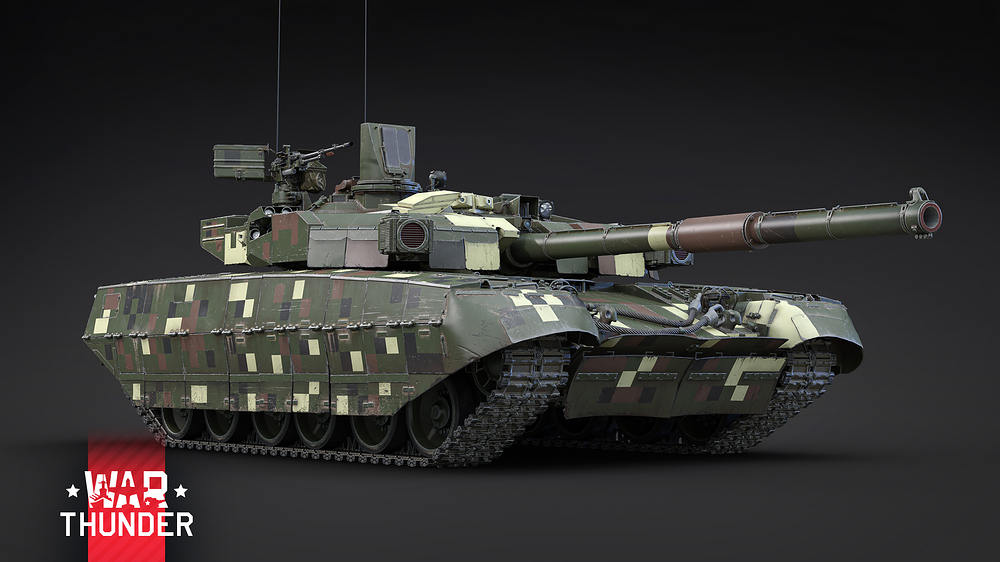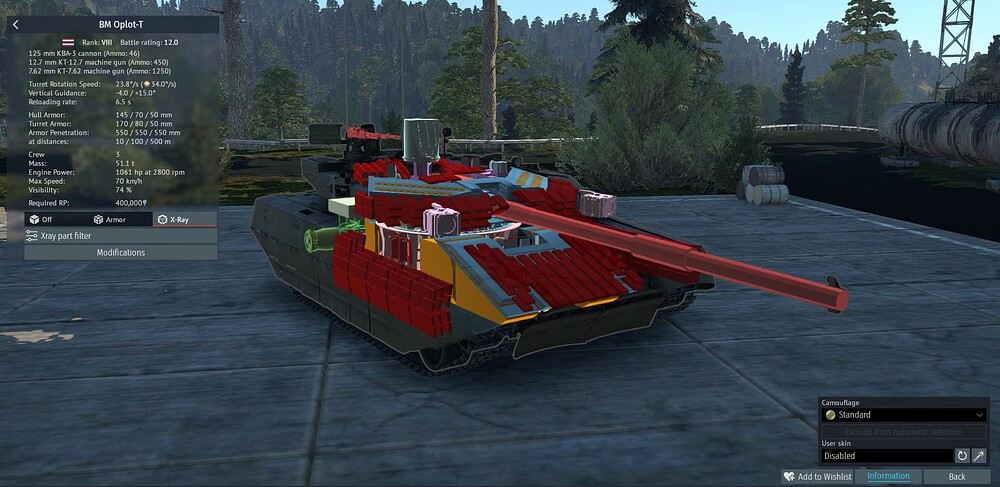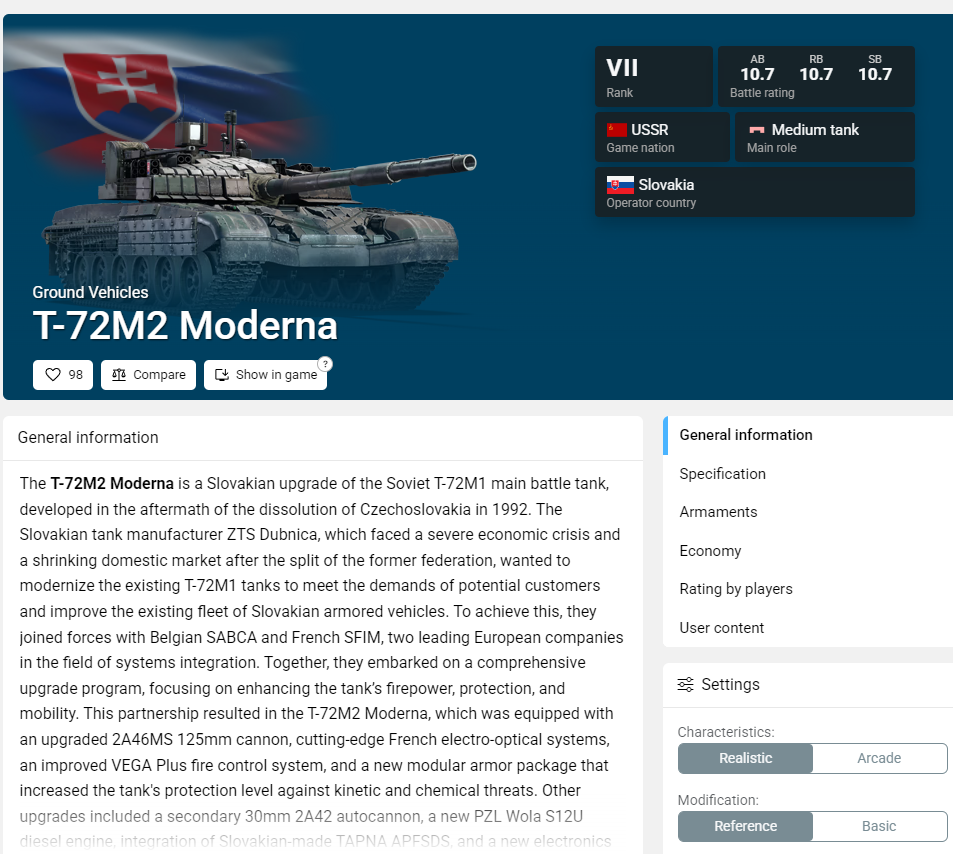Discussion on the T-84 BM-Oplot in War Thunder
The T-84 BM-Oplot has been one of the most debated vehicles among War Thunder players since its introduction. While the tank itself represents a unique modernization of the late-Soviet T-80UD platform, its current placement, armor configuration, and in-game representation have raised many questions from the community.
This post aims to open a constructive discussion based on technical data, in-game analysis, and observations from various War Thunder forums. The goal is not only to raise awareness of possible inaccuracies but also to help the developers and the community find a balance between historical authenticity and gameplay fairness.
### 1. Why Isn’t the T-84 BM-Oplot in the USSR Lineup?
One of the main points of discussion is why the T-84 BM-Oplot is not placed in the USSR tree, considering that it originates from the Soviet T-80UD program.
Technically, the Oplot was developed in Ukraine after the dissolution of the USSR, using components inherited from the T-80UD line produced at the Malyshev Factory. While its roots are undeniably Soviet, its modernization program and production are fully Ukrainian.
Gaijin’s reasoning may relate to the post-Soviet distinction between Ukrainian and Russian designs. However, some players argue that, similar to how other nations receive “cross-heritage” vehicles (e.g., the German T-72M1 or Chinese-Soviet hybrids), the USSR tree could reasonably include the Oplot as a premium or event vehicle to represent the final stage of the T-80 family’s evolution.
### 2. Why Isn’t the T-84 BM-Oplot in the Ukrainian Lineup?
Since the Oplot is a fully Ukrainian modernization, many expected it to appear in a future Ukrainian sub-tree or independent lineup, much like Finland under Sweden or South Africa under Britain.
So far, Gaijin has not announced any plans for a Ukrainian tech tree, which may explain its absence. Some speculate that including it under the Swedish or future European tech tree might be an alternative. Others suggest that it could serve as a premium or event vehicle to test community reception before Ukraine receives a full branch.
### 3. Accuracy of the Armor Configuration
A frequent point of contention concerns the armor modeling of the T-84 BM-Oplot in-game.
According to open-source references and defense analysis (for instance, Ukrainian Armor Digest and Jane’s Land Warfare), the BM-Oplot uses the “Duplet” ERA system, a next-generation explosive reactive armor with multi-layer protection.
In War Thunder, however, the in-game model seems to lack full coverage of Duplet ERA across the hull and turret — particularly at the lower front glacis, side skirts, and parts of the turret bustle. The question is whether this absence is due to incomplete public data, simplification for optimization, or deliberate gameplay balance.
Players comparing it to the Russian T-90M Proryv-3 note that the T-90M features Relikt ERA protection on nearly all surfaces, while the Oplot’s protection appears limited, which significantly affects survivability in higher BR matches.
### 4. Possible Reasons — Game Balance vs. Realism
It’s understandable that War Thunder must prioritize balance between nations and vehicles. Over-representing the Oplot’s armor could push it beyond its current battle rating (BR), leading to imbalance against other top-tier MBTs.
Still, this raises the broader question:
Should realism be partially compromised for the sake of balance, or should high-tier vehicles reflect their real-world specifications as closely as possible?
Some community members argue that the current modeling underrepresents the Oplot’s potential, making it weaker than both the T-90M and Leopard 2A7V, while others defend Gaijin’s approach, emphasizing that gameplay variety and progression come first.
### 5. Engine and Mobility
Another topic often discussed is the vehicle’s mobility performance. The real BM-Oplot uses the 6TD-2E diesel engine, capable of 1,200 hp, providing impressive acceleration despite its 51-ton weight.
In War Thunder, while the top speed and reverse speed appear roughly accurate, players report inconsistent acceleration and sluggish responsiveness compared to real-life performance data.
This could again result from gameplay balance, as Gaijin often tweaks mobility parameters to prevent excessive advantages for certain MBTs.
### 6. Community Feedback and Expectations
Many threads across the official War Thunder forums and Reddit express similar sentiments:
- The Oplot deserves more accurate armor modeling.
- It should either join the USSR tree (as the T-80’s final evolution) or a potential Ukrainian sub-tree.
- The current version feels underpowered compared to vehicles at the same BR.
However, others note that adding too many advanced Soviet-origin tanks under one tree may unbalance matchmaking and reduce national diversity.
### 7. Constructive Suggestions
Based on multiple community analyses, here are some possible approaches that could be both realistic and balanced:
- Add the T-84 BM-Oplot as a premium/event vehicle in the USSR tree, representing post-Soviet design continuation.
- Introduce it in a future Ukrainian or European sub-tree, allowing fair placement without affecting Soviet lineup balance.
- Re-evaluate the Duplet ERA coverage, adding missing sections if reliable data supports it.
- Recheck the lower glacis armor model — several sources indicate composite reinforcement not yet reflected in the game.
- Adjust engine response curves to better match the 6TD-2E’s power output.
### Conclusion
The T-84 BM-Oplot is an important vehicle that bridges Soviet and Ukrainian engineering philosophies. Its current state in War Thunder has sparked meaningful debate regarding authenticity, balance, and national representation.
Rather than framing this as criticism, this discussion invites developers and players alike to consider how realism, gameplay, and historical lineage can coexist.
If further reliable data becomes available, refining the Oplot’s in-game model could significantly enhance both immersion and fairness — strengthening War Thunder’s reputation as one of the most realistic armored warfare simulations ever made.
What do you think?
Should the Oplot be revised, repositioned, or remain as it is for balance?
Let’s share ideas, experiences, and sources to help Gaijin make the most informed decision possible.


